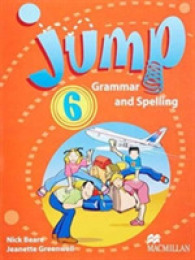Full Description
This book explores a domain of discourse processing referred to as 'interactive grammar', based on an analysis of grammatical descriptions of over 100 languages spoken across the world. While much previous work has treated interactive grammar as a fairly marginal part of language, Bernd Heine describes it here as a distinct category that contrasts with sentence grammar both in its functions and its structural behavior. He identifies ten types of interactives - i.e. extra-clausal expressions of linguistic discourse: attention signals, directives, discourse markers, evaluatives, ideophones, interjections, response elicitors, response signals, social formulae, and vocatives.
The analysis reveals that speakers make use of two contrasting modes for structuring their discourses, both of which are needed for successful communication: one is sentence grammar, which has a propositional format and analytic organization; the other is interactive grammar, which has a holophrastic organization and a focus on social communication. While the argument structure of sentence grammar is shaped by the propositional format of sentences, that of interactive grammar is shaped by the indexical nature of the situation of discourse. This distinction shows interesting correlations both with findings from neurolinguistic studies on differential activity in the two hemispheres of the human brain, and with observations from social psychology on the differences between systems of reasoning and judgment.
Contents
1: Interactives
2: Argument structure
3: Types of interactives
4: Development of interactives
5: Related approaches
6: The status of interactives
7: Deciding between two grammars
8: Conclusions
References
Index







